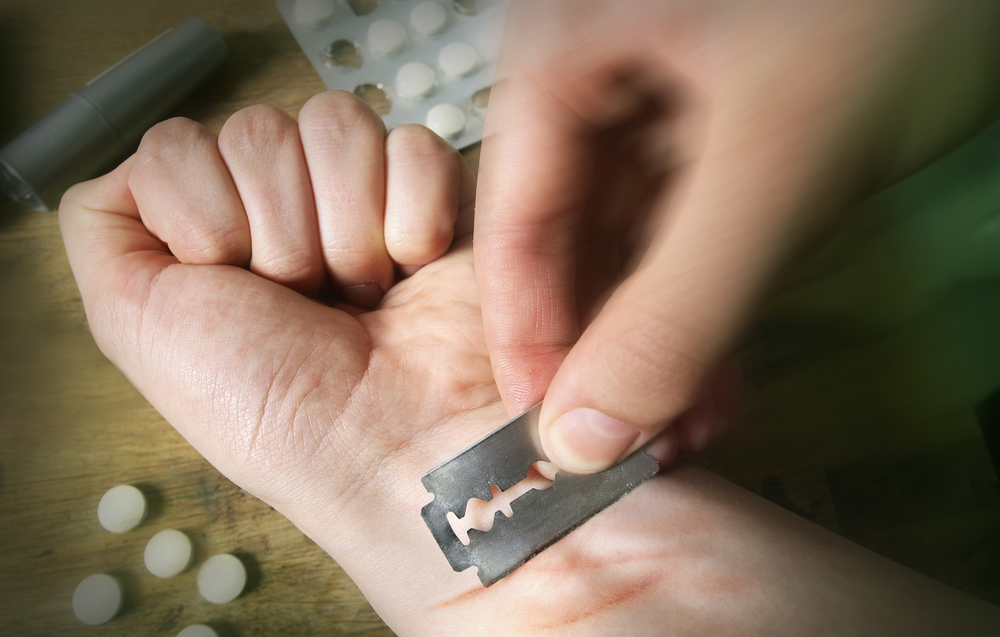Suicidal ideation
Suicide, or the act of taking one’s own life, is an all-too-common and tragic public health crisis, often done in response to overwhelming, unbearable emotional pain. Suicide is especially tragic as it is a preventable death and leaves behind many loved ones and family members, also called “suicide survivors,” who must grieve this terrible loss. Suicidal ideation or suicidal thoughts are a lot more common than most people let on – in fact, most people have thought about suicide at one point or another. These thoughts are quite troubling, especially as they’re usually accompanied by a mental illness such as depression or bipolar disorder. Suicidal ideation is broken down into two forms: active and passive. Active suicidal ideation involves an existing wish to die accompanied by a plan for how to carry out the death. Passive suicidal ideation involves a desire to die, but without a specific plan for carrying out the death. Anyone who has or knows someone who has active suicidal ideation should call 100 or go to the nearest emergency room immediately. This is a medical emergency.
A person with suicidal ideation may not ask for help. However, that does not mean help is not needed or wanted. Many people who die by suicide do not actually wish for death they only want the pain to go away. Prevention of suicide begins with recognizing the warning signs of suicidal behaviors and taking action.
Causes and Risk Factors for Suicidal Ideation
It’s believed that the causes and risk factors for suicidal ideation are a combination of genetic, physical, and environmental risk factors that work together. Common causes and risk factors for suicidal ideation include:
Genetic: People that are born into families with a history of mental illness or suicidal thoughts are at a higher risk for developing suicidal thoughts or mental illness themselves. However, while there is a genetic component to suicidal ideation and mental illness, not everyone who has a family history will develop suicidal ideations, nor do all those who have suicidal ideation have a family history of the disorder.
Physical: It’s thought that abnormally low levels of the neurotransmitters dopamine and serotonin, in addition to changes to the structure and function of the brain, can increase the risk for many mental illnesses, including those that cause suicidal thoughts and behaviors.
Environmental: Those who are bombarded with repeated, negative life events and experience constant levels of major stress that overwhelm their ability to cope are at higher risk for suicide. Additionally, those exposed to others who die by suicide are at greater risk for developing suicidal ideation themselves.
Risk Factors:
- Untreated mental disorders
- Prior history of suicide attempt
- Family history of suicide or mental disorders
- Family and domestic violence
- Having guns in the home
- Incarceration
- Being male

